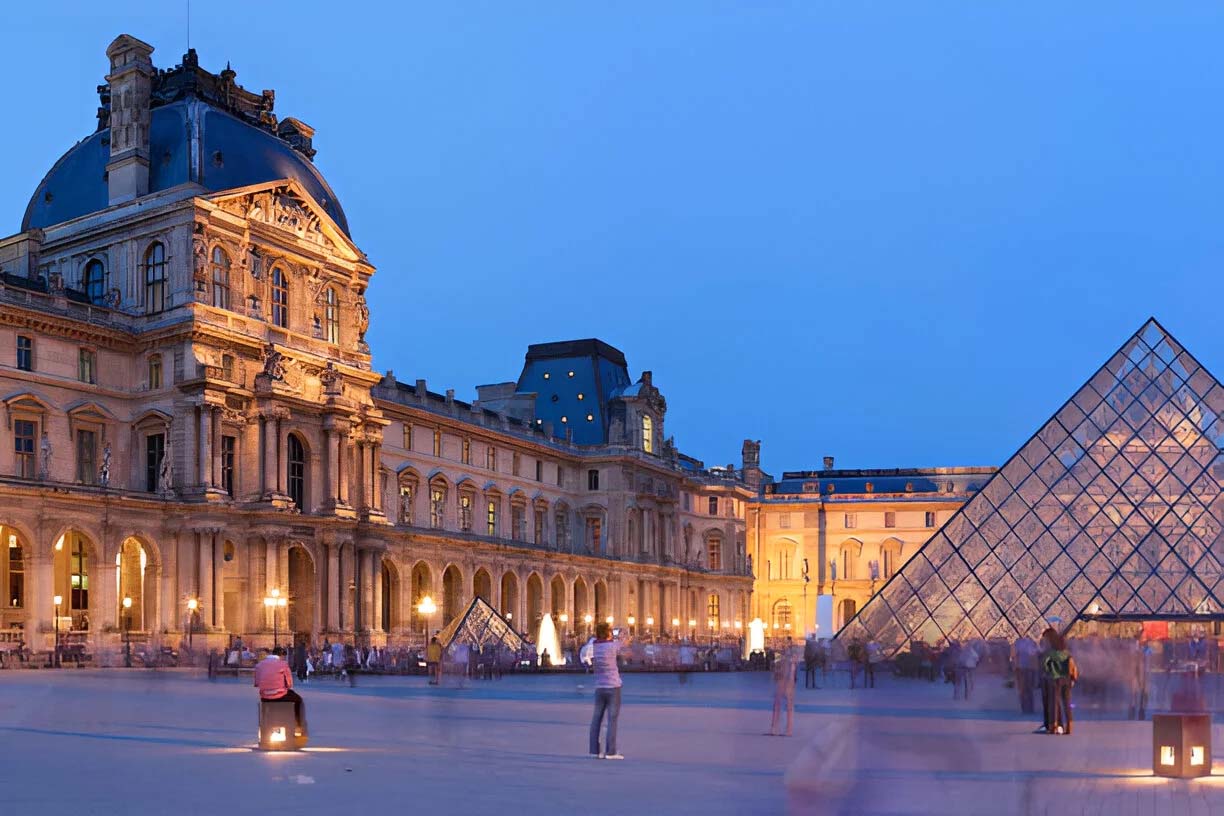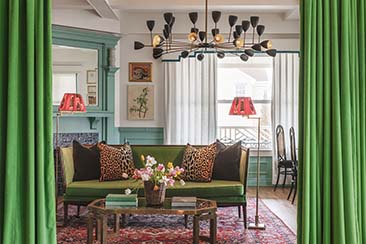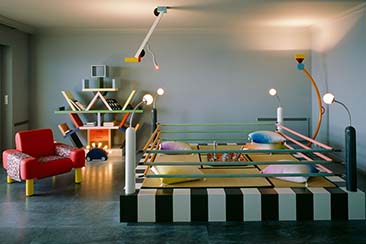Exploring the best art cities in Europe is like embarking on a journey through time, culture, and human creativity. Imagine standing before the Mona Lisa in Paris, marvelling at Michelangelo’s David in Florence, or being awed by the modern architecture of the Guggenheim in Bilbao. Each city tells a unique story through its art, offering a feast for the eyes and food for the soul.
Whether you’re a seasoned art lover or a curious traveler, discovering these five vibrant art cities will ignite your passion for the beauty and history that define Europe’s cultural landscape. Join us as we delve into the must-see museums, iconic masterpieces, and the contemporary scenes that make Paris, Florence, Bilbao, Amsterdam, and Berlin the ultimate destinations for any art enthusiast.
Keep reading to find out why these cities should be at the top of your travel bucket list.
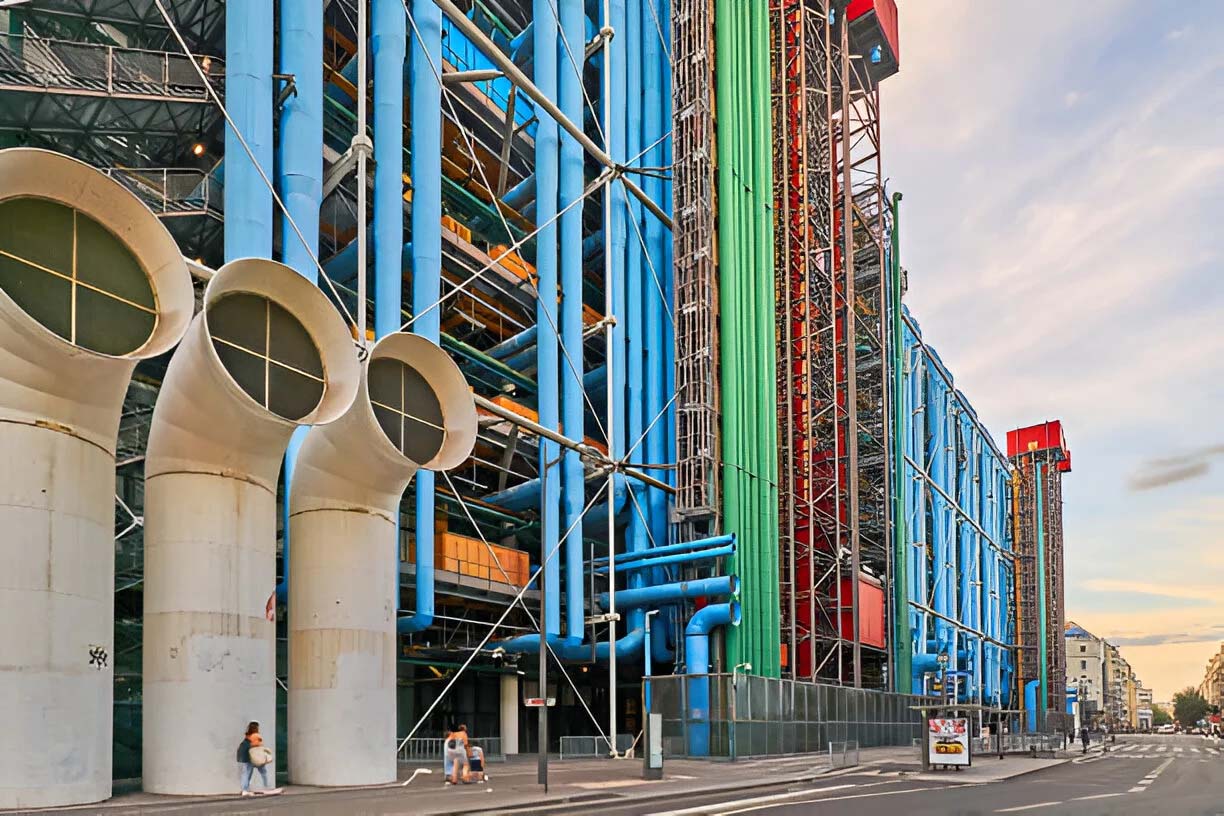
Paris, France
Key Museums: The Louvre, Musée d’Orsay, Centre Pompidou
Highlights: Home to the world’s most famous artworks, including the Mona Lisa and works by Monet, Renoir, and Degas.
Paris, often hailed as the City of Light,’ is the most famous of our top art cities in Europe. Its rich history, cultural heritage, and vibrant art scene make it a premier destination for anyone passionate about art. The city’s artistic allure begins with the Louvre, the world’s largest and most visited museum. Housing over 35,000 artworks, the Louvre’s collection spans centuries, from ancient civilizations to the 19th century. Among its most famous pieces are Leonardo da Vinci’s Mona Lisa and the Venus de Milo. The museum itself, with its iconic glass pyramid entrance, is a masterpiece of architectural design.
Next, the Musée d’Orsay offers an unparalleled experience for admirers of 19th and early 20th-century art. Housed in a stunning Beaux-Arts railway station, the museum boasts an impressive collection of Impressionist and Post-Impressionist masterpieces by artists such as Monet, Manet, Degas, Renoir, and Van Gogh. The museum’s setting, overlooking the Seine River, adds to the enchantment of viewing these renowned works.
The Centre Pompidou, with its radical architecture featuring exposed structural elements, is a hub for modern and contemporary art. Its vast collection includes works by Picasso, Matisse, Duchamp, and Kandinsky, among others. The Centre Pompidou also hosts cutting-edge exhibitions, performances, and film screenings, making it a dynamic cultural venue.
Paris is not just about its major museums. The city’s vibrant art galleries, street art, and cultural events contribute to its dynamic art scene. The Marais district, known for its trendy galleries and boutiques, is a hotspot for contemporary art. The Belleville neighborhood, with its colorful murals and alternative art spaces, offers a more eclectic art experience.
The city is also home to numerous art fairs and biennials, such as FIAC (Foire Internationale d’Art Contemporain) and Paris Photo, which attract artists, collectors, and enthusiasts from around the globe. The city’s art schools, including the prestigious École des Beaux-Arts, have nurtured generations of artists, contributing to Paris’s reputation as a cradle of creativity.
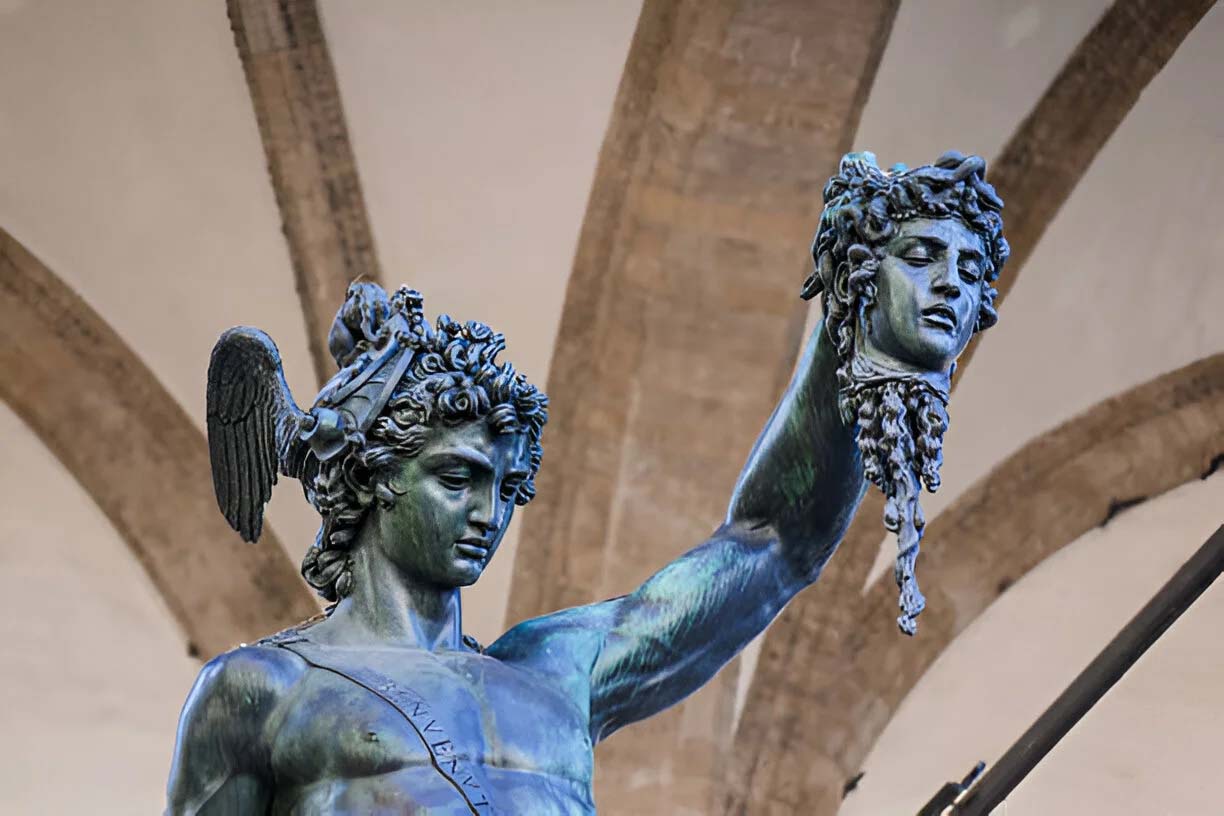
Florence, Italy
Key Museums: Uffizi Gallery, Accademia Gallery
Highlights: Birthplace of the Renaissance, featuring masterpieces by Michelangelo, Leonardo da Vinci, and Botticelli.
Florence, the cradle of the Renaissance, is a city where art and history converge to create an unparalleled cultural experience. Renowned for its architectural beauty and artistic heritage, Florence is home to some of the world’s most important art collections. The Uffizi Gallery, one of the oldest and most famous art museums globally, houses an extraordinary collection of Renaissance art. Masterpieces by Botticelli, such as The Birth of Venus and Primavera, are among the highlights, alongside works by Leonardo da Vinci, Michelangelo, and Raphael.
The Accademia Gallery is another must-visit for art enthusiasts, primarily to see Michelangelo’s David. This iconic sculpture, representing the biblical hero, is a testament to Michelangelo’s genius and the artistic achievements of the Renaissance. The gallery also showcases other works by Michelangelo, including his unfinished Prigioni (Prisoners), which provide insight into his creative process.
Florence’s artistic heritage extends beyond its museums. The city’s architecture is a testament to its historical significance and artistic innovation. The Florence Cathedral, or Duomo, with its magnificent dome engineered by Filippo Brunelleschi, is a marvel of engineering and artistry. The adjacent Baptistery of St. John, with its stunning bronze doors known as the Gates of Paradise, created by Lorenzo Ghiberti, is another architectural gem.
The Palazzo Vecchio, Florence’s town hall, and the nearby Piazza della Signoria, adorned with statues and fountains, are central to the city’s artistic and political history. The Medici family, patrons of the arts, played a significant role in Florence’s development as a cultural capital. Their former residence, the Palazzo Pitti, now houses several important museums and galleries, including the Palatine Gallery, which boasts an impressive collection of Renaissance and Baroque paintings.
The city’s influence on the arts is further evidenced by its impact on literature, science, and philosophy during the Renaissance. The city’s intellectual and artistic vibrancy attracted scholars, artists, and thinkers, fostering a culture of creativity and innovation. Today, Florence continues to be a hub for art education, with institutions like the Accademia di Belle Arti nurturing new generations of artists.
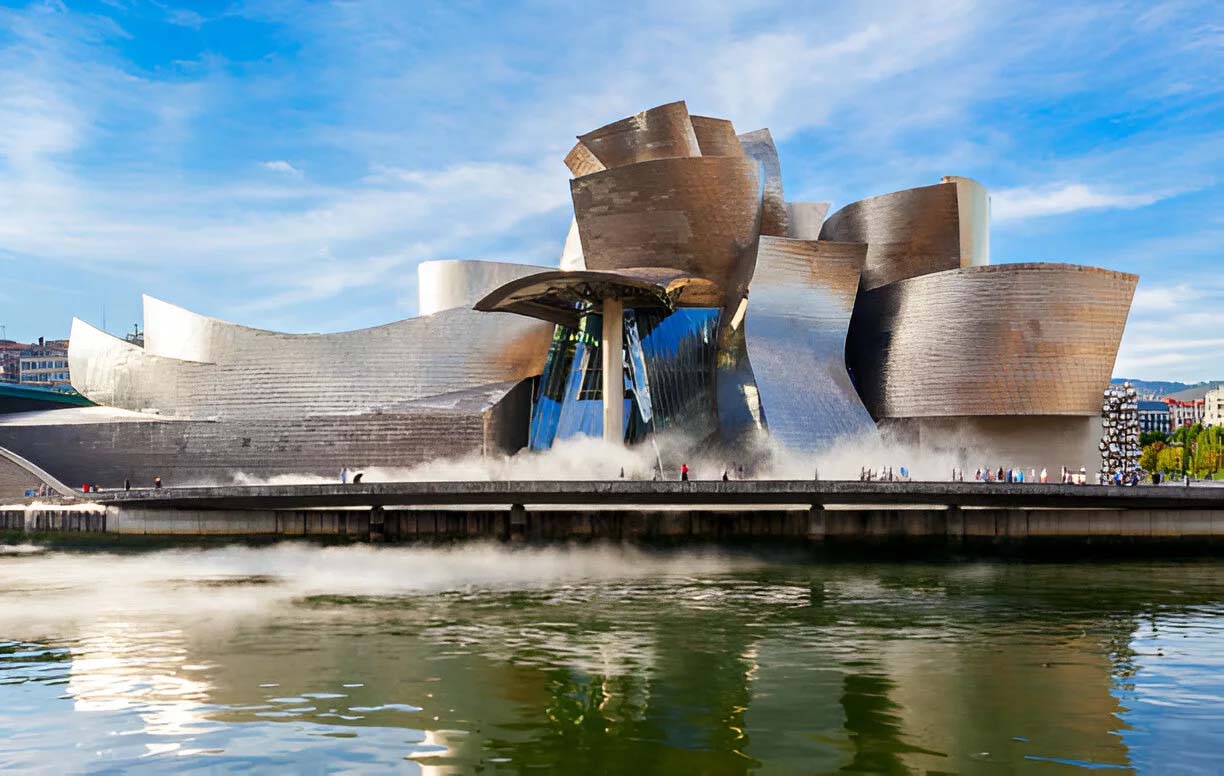
Bilbao, Spain
Key Museums: Guggenheim Museum Bilbao, Bilbao Fine Arts Museum
Highlights: Known for its striking contemporary architecture, especially the Guggenheim Museum designed by Frank Gehry, and its rich collection of modern and contemporary art.
Bilbao, a vibrant city in northern Spain, has undergone a remarkable transformation from an industrial hub to a cultural and artistic center. At the heart of this renaissance is the Guggenheim Museum Bilbao, a landmark of contemporary architecture and art. Designed by the renowned architect Frank Gehry, the museum’s futuristic, titanium-clad structure is an artwork in itself, attracting millions of visitors since its opening in 1997.
The Guggenheim Museum Bilbao’s collection includes significant works of modern and contemporary art, featuring artists such as Jeff Koons, Richard Serra, and Jenny Holzer. The museum’s innovative design and world-class exhibitions have placed Bilbao firmly on the global art map, a phenomenon often referred to as the “Bilbao Effect,” demonstrating how cultural investments can revitalize urban areas.
In addition to the Guggenheim, Bilbao boasts other notable museums and galleries. The Bilbao Fine Arts Museum, one of Spain’s finest art institutions, offers a diverse collection ranging from the 12th century to contemporary art. It includes works by El Greco, Goya, Gauguin, and Francis Bacon, providing a comprehensive overview of European art history.
Bilbao’s art scene is not confined to its museums. The city’s public art installations, contemporary architecture, and vibrant street art contribute to its dynamic cultural landscape. The Azkuna Zentroa, a cultural center housed in a former wine warehouse, features a variety of art exhibitions, film screenings, and performances. Its striking renovation, designed by Philippe Starck, blends historical elements with modern aesthetics, creating a unique space for artistic expression.
Bilbao’s transformation is also evident in its urban planning and design. The revitalization of the Abandoibarra district, where the Guggenheim Museum is located, includes parks, pedestrian-friendly areas, and innovative architectural projects. The Zubizuri Bridge, designed by Santiago Calatrava, and the Euskalduna Conference Centre and Concert Hall, exemplify Bilbao’s commitment to contemporary design and urban renewal.
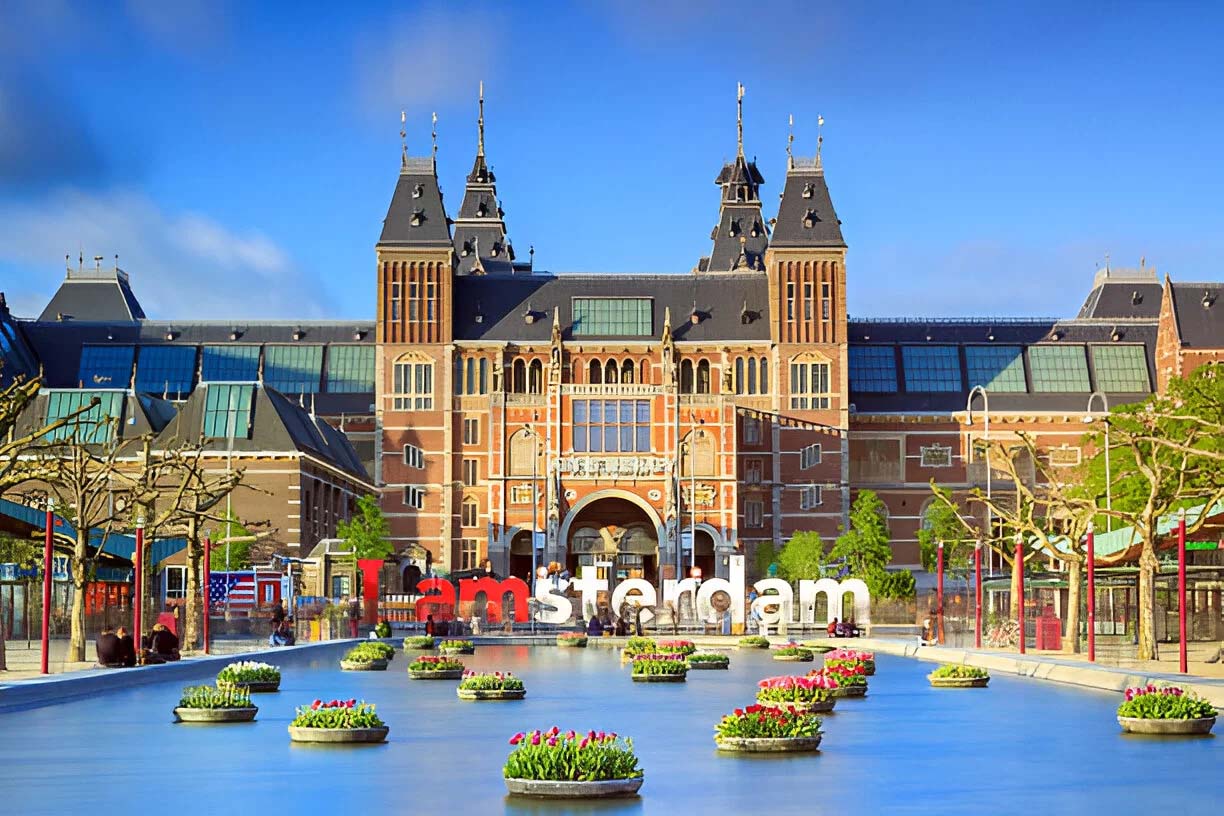
Amsterdam, Netherlands
Key Museums: Rijksmuseum, Van Gogh Museum, Stedelijk Museum
Highlights: Extensive collections of Dutch masters like Rembrandt and Vermeer, and modern art.
The capital of the Netherlands is a city where art, history, and innovation seamlessly blend. Known for its picturesque canals, historic buildings, and vibrant cultural scene, Amsterdam is a haven for art enthusiasts. The Rijksmuseum, one of the most significant art museums in the world, is home to a vast collection of Dutch Golden Age masterpieces. Works by Rembrandt, including his famous Night Watch, as well as paintings by Vermeer, Frans Hals, and Jan Steen, offer a profound insight into 17th-century Dutch art and culture.
The Van Gogh Museum, dedicated to the life and work of Vincent van Gogh, is another must-visit. The museum houses the largest collection of Van Gogh’s paintings and drawings in the world, providing a comprehensive overview of his artistic development and personal struggles. Highlights include The Sunflowers, The Bedroom, and Wheatfield with Crows, which showcase Van Gogh’s distinctive style and emotional intensity.
Amsterdam’s commitment to modern and contemporary art is evident in the Stedelijk Museum, which features works by Picasso, Mondrian, Chagall, and many leading contemporary artists. The museum’s innovative exhibitions and dynamic programming make it a central hub for contemporary art in Europe.
The city’s cultural calendar is packed with events that celebrate art in all its forms. The Amsterdam Art Weekend, the Holland Festival, and the International Documentary Film Festival Amsterdam (IDFA) are just a few examples. These events attract artists, filmmakers, and art lovers from around the world, further cementing Amsterdam’s reputation as a vibrant cultural hub.
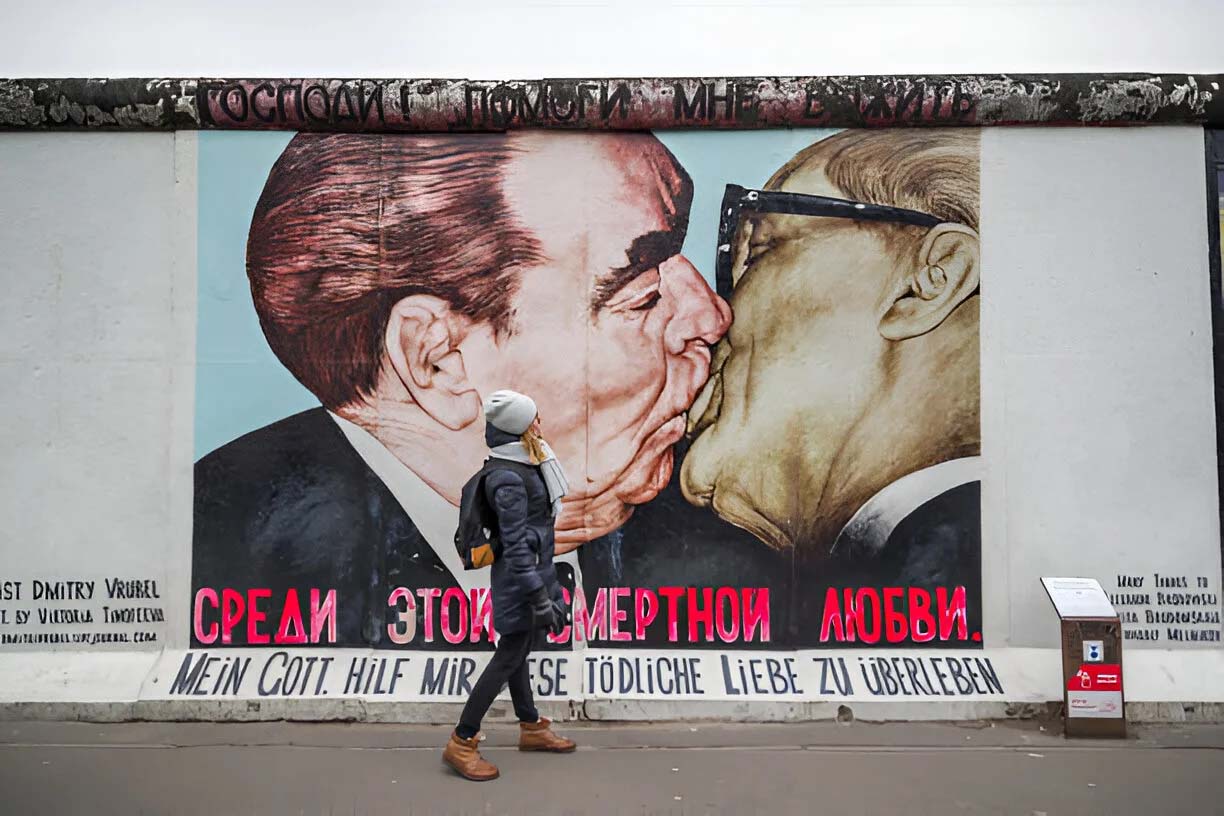
Berlin, Germany
Key Museums: Museum Island (Pergamon Museum, Altes Museum), Berlinische Galerie
Highlights: A vibrant contemporary art scene, historical collections, and influential modern artists like Gerhard Richter.
Berlin is a city where history and modernity collide, creating a unique and dynamic art scene. The German capital is known for its vibrant contemporary art scene, rich cultural heritage, and cutting-edge galleries.
The art scene here is anchored by its wealth of historical and cultural institutions. Museum Island, a UNESCO World Heritage site, is a central hub, featuring museums that house collections ranging from classical antiquities to 19th-century art. The Pergamon Museum, with its monumental reconstructions of ancient architecture, such as the Pergamon Altar and the Ishtar Gate, is a highlight. Other notable institutions include the Altes Museum, Neues Museum, Bode Museum, and Alte Nationalgalerie, each offering a unique glimpse into various epochs of art history.
The Berlinische Galerie focuses on modern art, photography, and architecture from 1870 to the present day. The museum’s collection includes works by prominent Berlin artists such as Max Liebermann, Otto Dix, and Hannah Höch. Its exhibitions often explore the intersection of art and politics, reflecting Berlin’s tumultuous history.
Berlin’s contemporary art scene is particularly vibrant, with a plethora of galleries, art spaces, and street art. The city’s creative energy is palpable in districts like Mitte, Kreuzberg, and Friedrichshain, where converted warehouses and industrial spaces serve as studios and galleries. The Hamburger Bahnhof, housed in a former railway station, is Berlin’s museum for contemporary art, featuring an extensive collection that includes works by Joseph Beuys, Andy Warhol, and Roy Lichtenstein, as well as contemporary artists like Anselm Kiefer.
Public art and street art are integral to the identity of the German capital. The East Side Gallery, a preserved section of the Berlin Wall, is the longest open-air gallery in the world, featuring murals that capture the spirit of freedom and reunification. Artists from around the globe have contributed to Berlin’s vibrant street art scene, turning the city’s walls into canvases for political and social commentary.
Final Thoughts
Exploring Europe’s top art cities offers a journey through rich cultural landscapes, historical masterpieces, and vibrant contemporary scenes. Paris, known for iconic institutions like the Louvre and Musée d’Orsay, showcases an unparalleled array of classical and modern art. Florence, the Renaissance’s birthplace, features treasures like Michelangelo’s David and Botticelli’s works at the Uffizi Gallery. Bilbao, transformed by the Guggenheim Museum, highlights striking contemporary art and architecture.
Amsterdam blends historic charm with artistic brilliance, housing the Rijksmuseum’s Dutch masters and the Van Gogh Museum’s extensive collection. Berlin, a dynamic fusion of history and modernity, boasts a thriving art scene from Museum Island’s classical collections to avant-garde galleries and public art. Each city provides a unique artistic experience, making them essential destinations for art enthusiasts.
